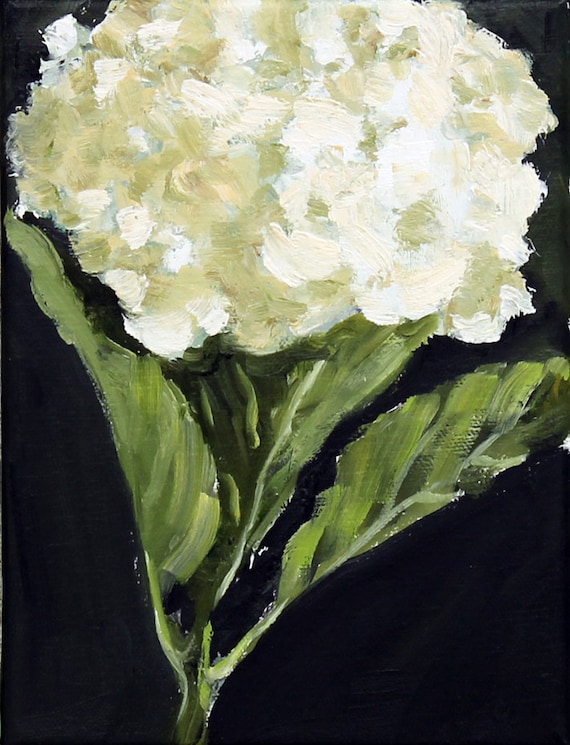
Hydrangea (/ha?'dre?nd?i?/;common brands hydrangea or hortensia) is a genus of 70-75 kinds of flowering crops native to southern and eastern Asia (China, Japan, Korea, the Himalayas, and Indonesia) and the Americas. Probably the greatest varieties diversity is eastern Asia, china notably, Japan, and Korea. Most are shrubs 1 to 3 meters large, however, many are small trees and shrubs, and more lianas getting up to 30 m (98 foot) by climbing up trees and shrubs. They could be either deciduous or evergreen, though the widely cultivated temperate kinds are deciduous.Having been introduced to the Azores, H. macrophylla is now very common, on Faial particularly, which is known as the "blue island" because of the multitude of hydrangeas present on the island.Life cycleHydrangea plants are produced from planting season to late fall months; they increase in flowerheads (corymbs or panicles) most often at the ends of the stems.

Usually the flowerheads contain two types of blossoms: small non-showy flowers in the guts or interior of the flowerhead, and large, showy flowers with large colorful sepals (tepals). These showy bouquets are long in a diamond ring often, or to the exterior of the tiny flowers. Plants in wild populations typically have few to none of them of the showy flowers, while cultivated hydrangeas have been bred and selected to have more of the larger type plants.There are two flower arrangements in hydrangeas with Corymb style inflorescens, which includes the commonly grown "bigleaf hydrangea"--Hydrangea macrophylla. Mophead plants are large rounded flowerheads resembling pom-poms or, as the name suggests, the comparative mind of an mop. In contrast, lacecap flowers bear round, flat flowerheads with a center core of subdued, small flowers surrounded by outer rings of larger flowers having showy sepals or tepals.
The blooms of some rhododendrons and viburnums can seem, at first glance, a lot like those of some hydrangeas.Colors and soil acidityIn most kinds the bouquets are white, but in some types (notably H. macrophylla), can be blue, red, green, light crimson, or dark crimson. In these types the colour is affected by the occurrence of lightweight aluminum ions which are available or tied up depending after the soil pH. For H. h and macrophylla. serrata cultivars, the flower color can be dependant on the relative acidity of the soil: an acidic soil (pH below 7), will supply aluminum ions and produce flowers that are blue to purple typically, whereas an alkaline soil (pH above 7) will tie up aluminum ions and cause pink or red flowers.
This is caused by a color change of the blossom pigments in the presence of aluminium ions which is often adopted into hyperaccumulating plant life.[6] Decreasing the pH of potting soils or mixes usually does not change the flower color to blue, because these soils have no aluminum ions. The ability to blue or pink a hydrangea is also affected by the cultivar. Some plants are selected for his or her ability to be blued, while others are bred and selected to be red, white or pink. The flower color of most other Hydrangea species is not damaged by aluminum and can't be changed or shifted. Hydrangeas also have a nickname called 'Change Rose'.
Hydrangea Flowers Oil Painting INVENTORY by ingridspaintings
Hydrangea Still Life Painting, Oil on canvas panel board, 8x8 inches
Of Texas Contemporary Paintings and Art: A Video Launch and Hydrangeas

Fiber Arts Glass Art Mixed Media amp; Collage Painting Photography Prints

Tidak ada komentar:
Posting Komentar